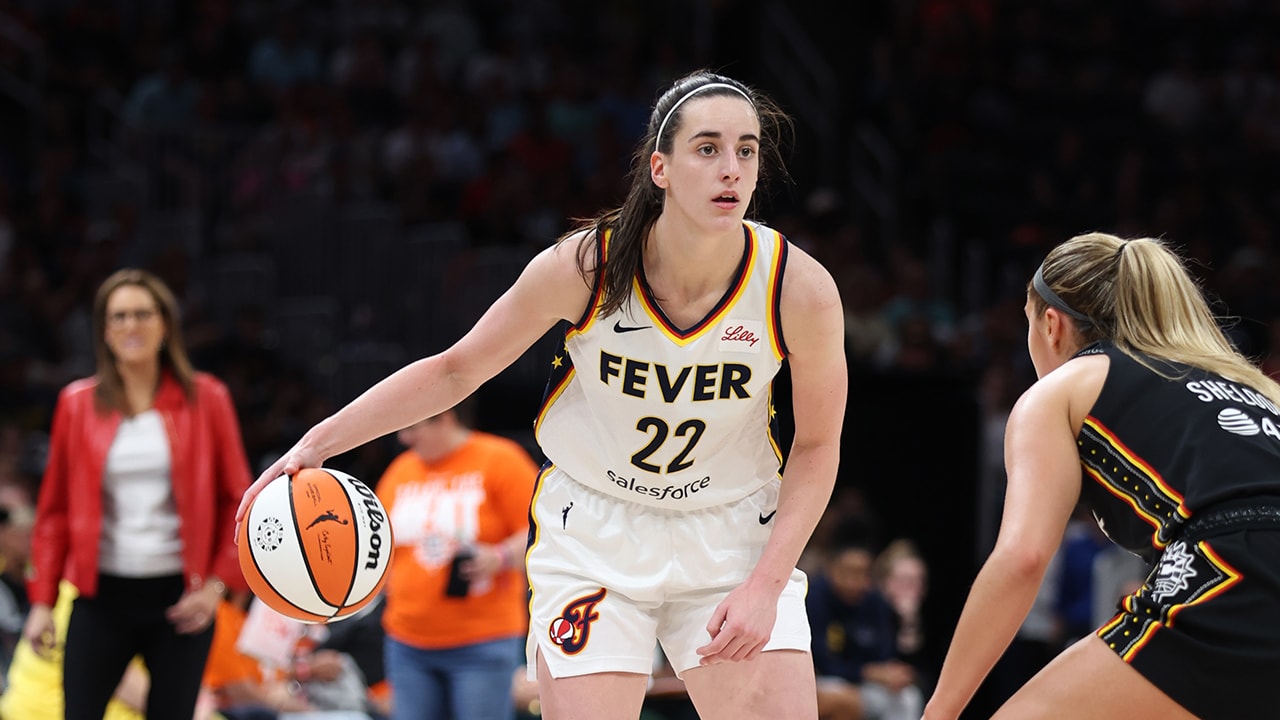In the high-stakes, hyper-analyzed world of the Indiana Fever, it’s often the blockbuster trades and superstar performances that dominate headlines. But every so often, a quiet, almost imperceptible shift occurs that speaks volumes more than any box score. Recently, that shift came in the form of Chloe Bibby, a hardship signing who, in just 10 minutes of play, may have handed the Fever the strategic blueprint they’ve been desperately searching for.
Her stat line was unassuming: eight points, two rebounds, one block. It’s the kind of performance that typically gets lost in the post-game shuffle. Yet, for those watching closely, it was a revelation. Bibby didn’t just play; she showcased an archetype, a style of play that instantly made the team’s offense click in a way it hadn’t with other, more established players. In doing so, she cast a harsh light on a roster-building philosophy that may have been holding the team back.

The key difference was motion. While the player she effectively replaced in the rotation, Damiris Dantas, is known to “pop” to the three-point line and wait, Bibby relocates. She moves without the ball, instinctively finding open spaces, making herself an easy and available target for playmakers like Caitlin Clark. This is the definition of a “stretch four” in modern basketball—a forward who can stretch the defense by being a credible threat from deep. But Bibby adds another layer with her constant movement, which prevents the offense from becoming stagnant.
In her brief time on the court, Bibby was decisive. When left open, she took the shot, and it went in. She ran the floor hard, grabbed a key rebound and pushed the pace, and was effective on defense. She didn’t need to be a star; she just needed to be a perfect cog in the machine. And she was. Her performance led to a telling coaching decision: Dantas, a veteran presence, was effectively removed from the rotation. It wasn’t a punishment, but rather a tacit admission that Bibby’s skill set was simply a better fit.

This single substitution exposed a fundamental question for the Fever’s front office: are they building a team of talented players or a team of complementary archetypes? In the past, the franchise has been criticized for acquiring talent based on reputation rather than fit. Signing players like two-time All-Defensive selectee Brianna Turner or veteran DeWanna Bonner looked good on paper, but it didn’t always translate to cohesive on-court chemistry. Building around generational talents like Aliyah Boston and Caitlin Clark requires a different approach. It’s not about finding more stars; it’s about finding players who make the stars better.
The formula is surprisingly simple. Surrounding Boston and Clark, you need two things: relentless shooters and high-motor athletes who can run all day. You need players who understand their role is to create space and hit open shots, not to dominate the ball. Bibby’s performance was a live-action demonstration of this principle.
/cdn.vox-cdn.com/uploads/chorus_image/image/74150888/2221201404.0.jpg)
This concept of fit extends to the team’s established core as well, particularly Kelsey Mitchell. For years, Mitchell has been a dynamic scorer, but her effectiveness has often depended on which version of her shows up. There is the Mitchell who relies on isolation plays and tough, contested dribble-drives—a style that can sometimes stall the offense. Then, there is the Mitchell who moves intelligently off the ball, runs off screens, and acts as an elite catch-and-shoot guard. That version of Kelsey Mitchell isn’t just good; she’s arguably the best shooting guard in the WNBA and an irreplaceable part of a championship-contending core. In a recent game without Clark, Mitchell chose to be the latter, playing a smart, efficient, and team-oriented game that underscored her immense value when she channels her skills correctly.
If the Fever are to build a dynasty, the path forward is becoming clearer. The non-negotiable core is Clark, Boston, and the smart-playing version of Mitchell. Players like Lexi Hull and rookie an, who bring energy and defensive tenacity, have proven they belong. Sophie Cunningham, with her toughness and shooting, is another key piece, provided she remains on a team-friendly contract. The goal isn’t to find another superstar in free agency; it’s to find more players who fit the Chloe Bibby archetype.
To be clear, this isn’t an argument that Chloe Bibby is the Fever’s long-term savior. In fact, there are other players in the league, like fellow Australian Beck Allen, who play a similar role at an even higher level. Bibby herself was an end-of-the-bench player for Australia’s B-team in the Asia Cup. But her individual talent level is irrelevant. Her value wasn’t in her potential to be an All-Star, but in her ability to provide a “proof of concept.” She showed, in real-time, what kind of player makes the Clark-Boston engine run at maximum efficiency.
For the Indiana Fever, the lesson from Chloe Bibby’s 10 minutes is profound. Stop chasing names and start chasing archetypes. Find the high-motor shooters who understand spacing and thrive without the ball. Commit to the core of Clark, Boston, and Mitchell, and surround them with players who exist to make their jobs easier. It’s a simple strategy, but one the team may have overlooked. Thanks to an unlikely hero, the blueprint is now impossible to ignore.